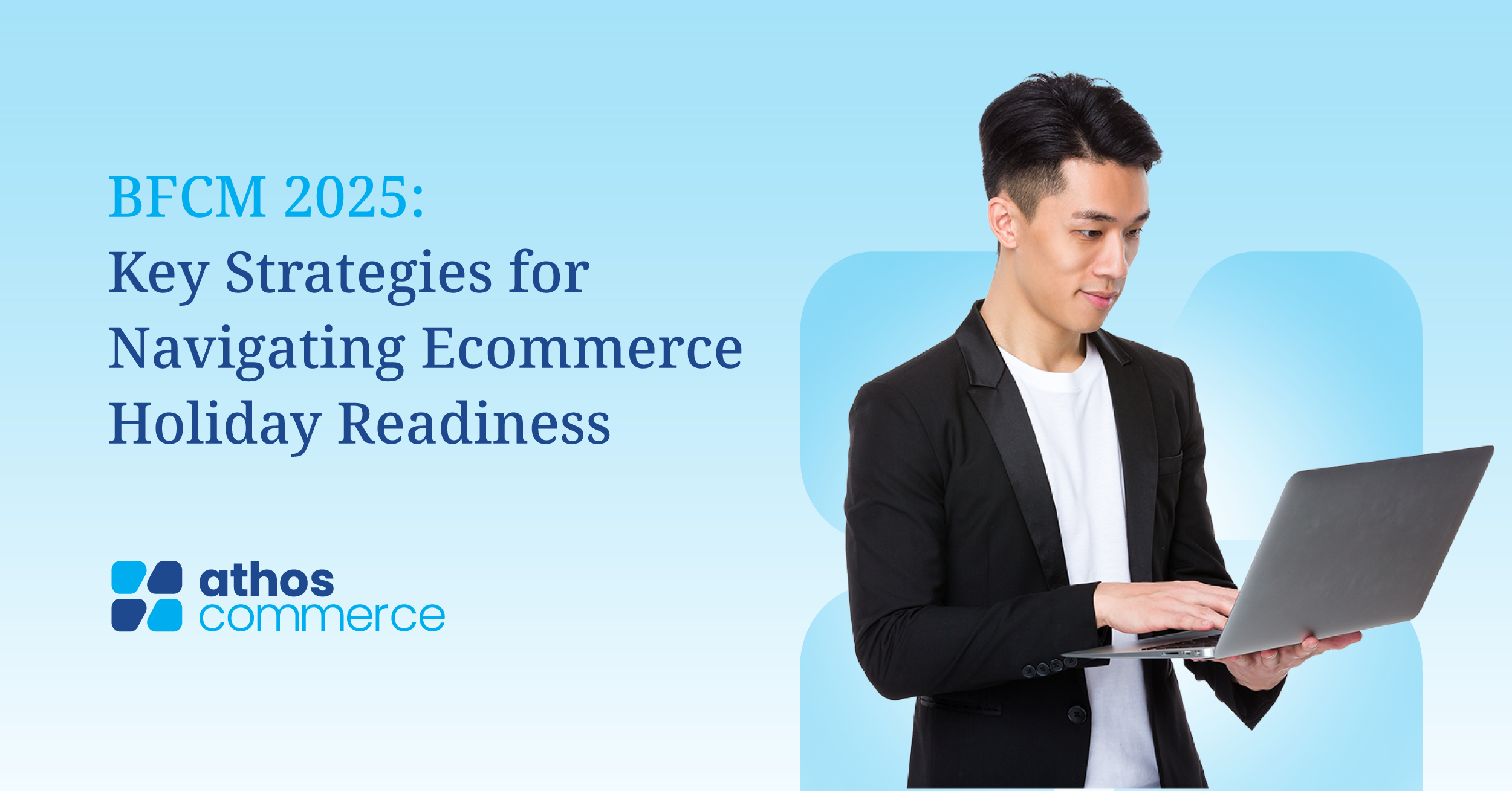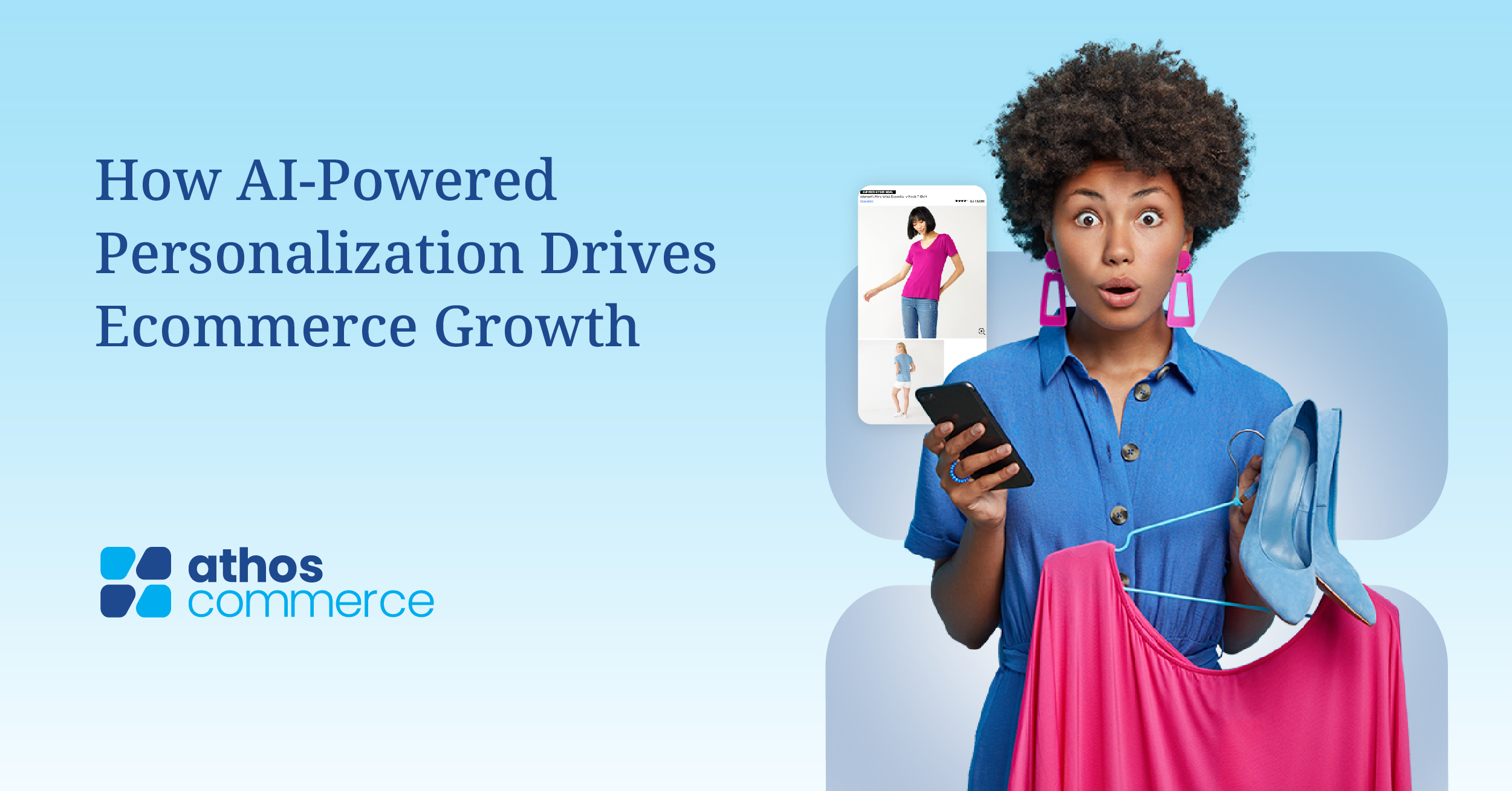Every team is being asked to do more with less. Fewer people. Tighter budgets. More pressure to deliver outcomes faster.
And yet—some retailers are still growing. Some are even seeing higher AOV, more efficient campaigns, and faster time to market across channels.
Their secret isn’t more hustle. It’s better tools and a sharper strategy.
In this final post of our Retail Resilience series, we’re stepping back to ask: What are the most resilient ecommerce brands doing differently right now? What tools and strategies are helping them meet the moment—and set the stage for future growth?
Discovery is no longer a step—it’s the strategy
Retailers used to treat product discovery as a top-of-funnel tactic. But now, when budgets are fixed and attention is limited, discovery is the point of conversion.
If a shopper can’t find what they came for—or can’t trust what they find—they’re gone.
That’s why brands are investing in on-site experiences that do more than display products. They’re building discovery engines powered by real-time behavior, intent signals, and merchandising logic that adapts on the fly.
Retailers seeing meaningful gains in 2025 are:
- Moving from static search to NLP-powered search that recognizes intent, typos, and conversational phrasing
- Adapting sort order and product visibility dynamically based on behavior, inventory, and context
- Bundling based on intent and category-level behavior, not manual guesswork
The key isn’t complexity. It’s clarity. When discovery is seamless, shoppers spend less time searching and more time buying.
Product data isn’t just the backend. It’s everything.
If you’re still treating your product feed like a line item export, you’re already behind.
For growing retailers, product data is the difference between visibility and invisibility. Between high-performing listings and high bounce rates. Between a scalable merchandising strategy and a constant fire drill.
The best teams we work with aren’t just cleaning up SKUs. They’re actively optimizing data to drive growth across every touchpoint—search, marketplaces, social sites, and email.
This means:
- Structuring feeds to reflect channel-specific requirements and buyer behavior
- Enriching data with attributes that matter to shoppers—materials, sustainability, region of origin, etc.
- Using feed insights to test market fit in new regions or surfaces without full-site relaunches
When data becomes a growth lever, every listing becomes smarter and every test becomes lower risk.
The full journey needs to convert—not just the checkout
It’s not enough to personalize the homepage or surface a few “recommended for you” carousels. The most successful shopping journeys are personalized from search to post-click.
That means PDPs that build trust. Bundles that are curated, not generic. And cross-sells that actually make sense for that specific shopper’s context.
In 2025, the most resilient ecommerce journeys:
- Acknowledge price sensitivity and reflect shopper budget range
- Present relevant product badges or metadata to aid quick decisions (e.g., fast shipping, made in AU/UK, eco-certified)
- Reinforce value through dynamic bundles and AOV-building recommendations that don’t overwhelm
These small optimizations add up to major impact—especially when shoppers arrive with one item in mind and leave with three.
The takeaway: simplicity is smarter
What’s most striking about the tools winning right now is how simple they are to use. Lean teams don’t have the luxury of layered workflows or heavy customization. They need tools that deliver clarity, automation, and performance without the overhead.
That’s what we’ve built the Retail Resilience Playbook around: proven strategies and tools that actually help ecommerce teams adapt faster, personalize smarter, and grow more confidently—even in a constantly changing market.
Want the full playbook?
Download it here.
Want to see how your on-site experience stacks up?
Request a free shopper journey audit or learn how Athos helps brands personalize smarter.
________
Other articles in this series:



